Innovation doesn’t always equal better quality. Now, that’s more obvious than ever, with many everyday items coming with higher price tags and shorter lifespans. From smartphones to kitchen appliances, here are 20 items that have become more expensive and less durable over time.
1. Smartphones

Smartphones, once seen as technological marvels built to last, have seen a sharp increase in prices.
2. Laptops

High-end laptops have become prohibitively expensive. Thinner designs and integrated components make repairs more challenging and costly, contributing to shorter lifespans.
3. Televisions

High-quality televisions have skyrocketed. However, modern TVs are prone to technical issues and have shorter lifespans than older models.
4. Kitchen Appliances

Premium kitchen appliances, once considered durable investments, now come with increased concerns about durability issues and frequent breakdowns, which diminish their overall value.
5. Washing Machines

High-efficiency washing machines, promising convenience and efficiency, often require costly repairs and have shorter lifespans due to their complex designs.
6. Refrigerators

Energy-efficient refrigerators come with premium price tags. Despite their high cost, they are prone to technical issues and have shorter lifespans, leading to higher repair costs.
7. Vacuum Cleaners
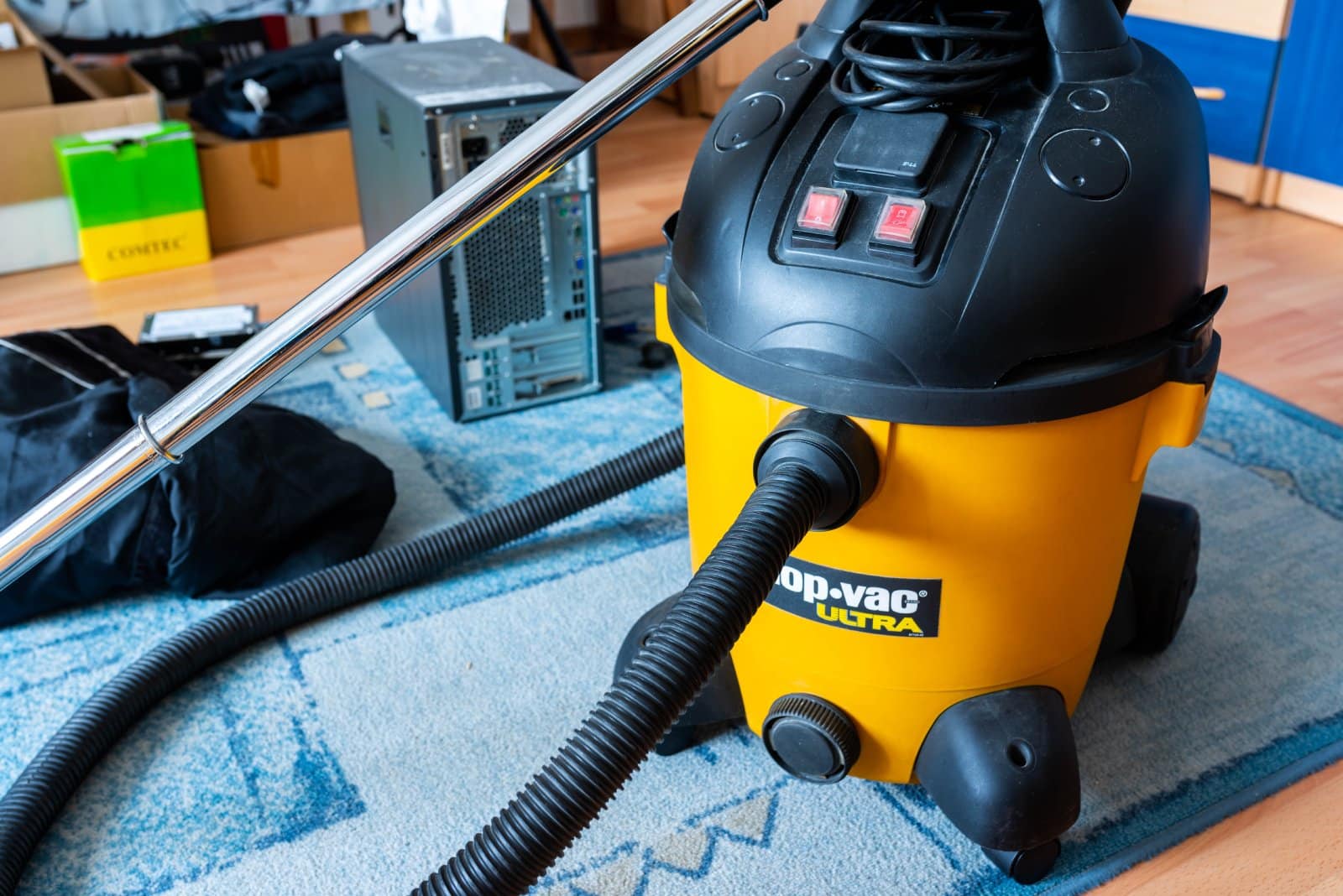
Quality vacuum cleaners are a significant investment for many households. However, cheaper components and shorter warranties reduce durability, affecting their longevity.
8. Power Tools
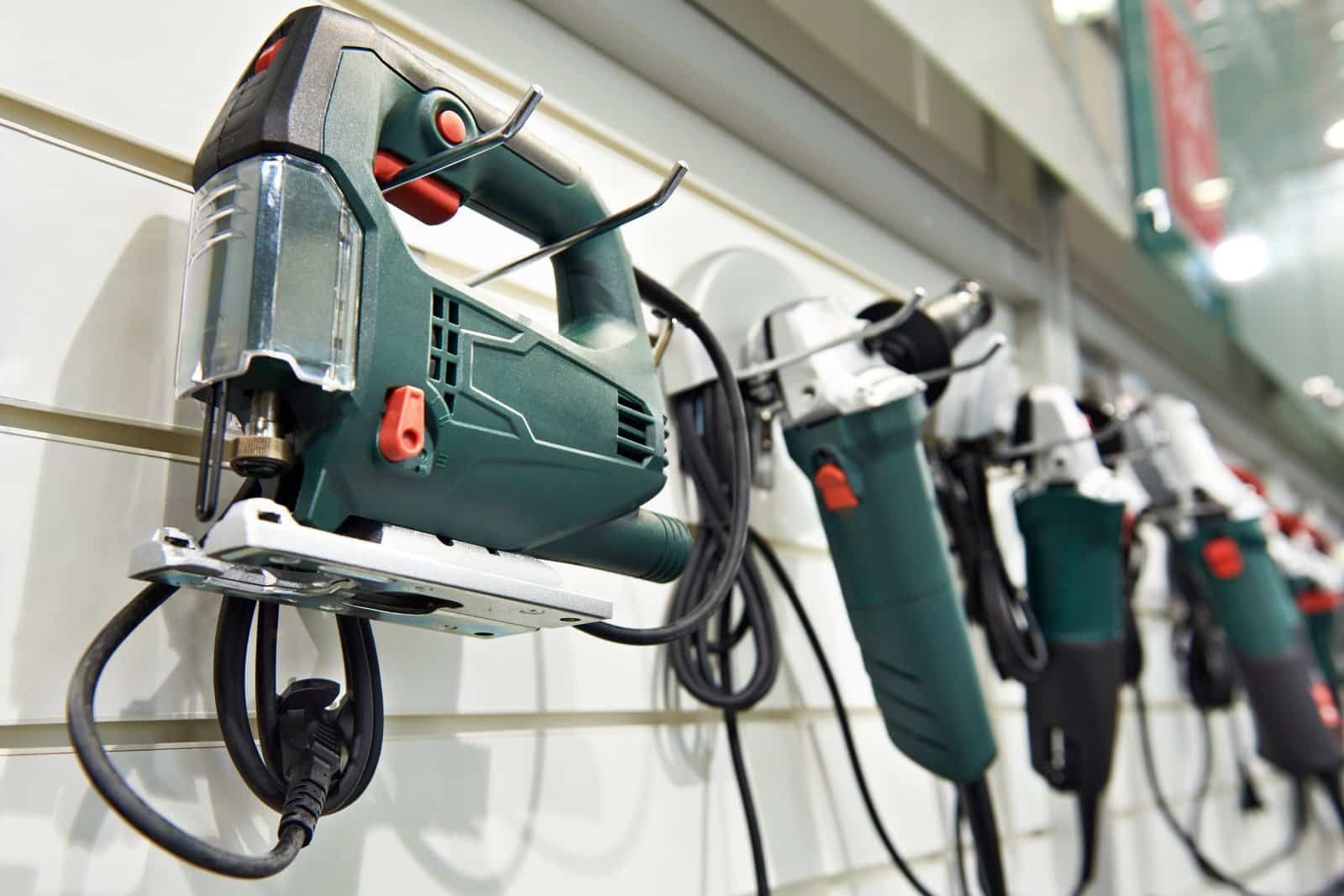
Cordless power tools, once seen as durable investments, are now increasingly reliant on electronic components, leading to higher failure rates and shorter lifespans.
9. Headphones

High-end headphones, promising superior sound quality and comfort, often suffer from fragile components and non-replaceable batteries, leading to shorter lifespans and diminishing their value over time.
10. Gaming Consoles

The latest gaming consoles are a significant investment for gamers. However, common overheating issues and hardware failures can reduce their longevity and value.
11. Toasters
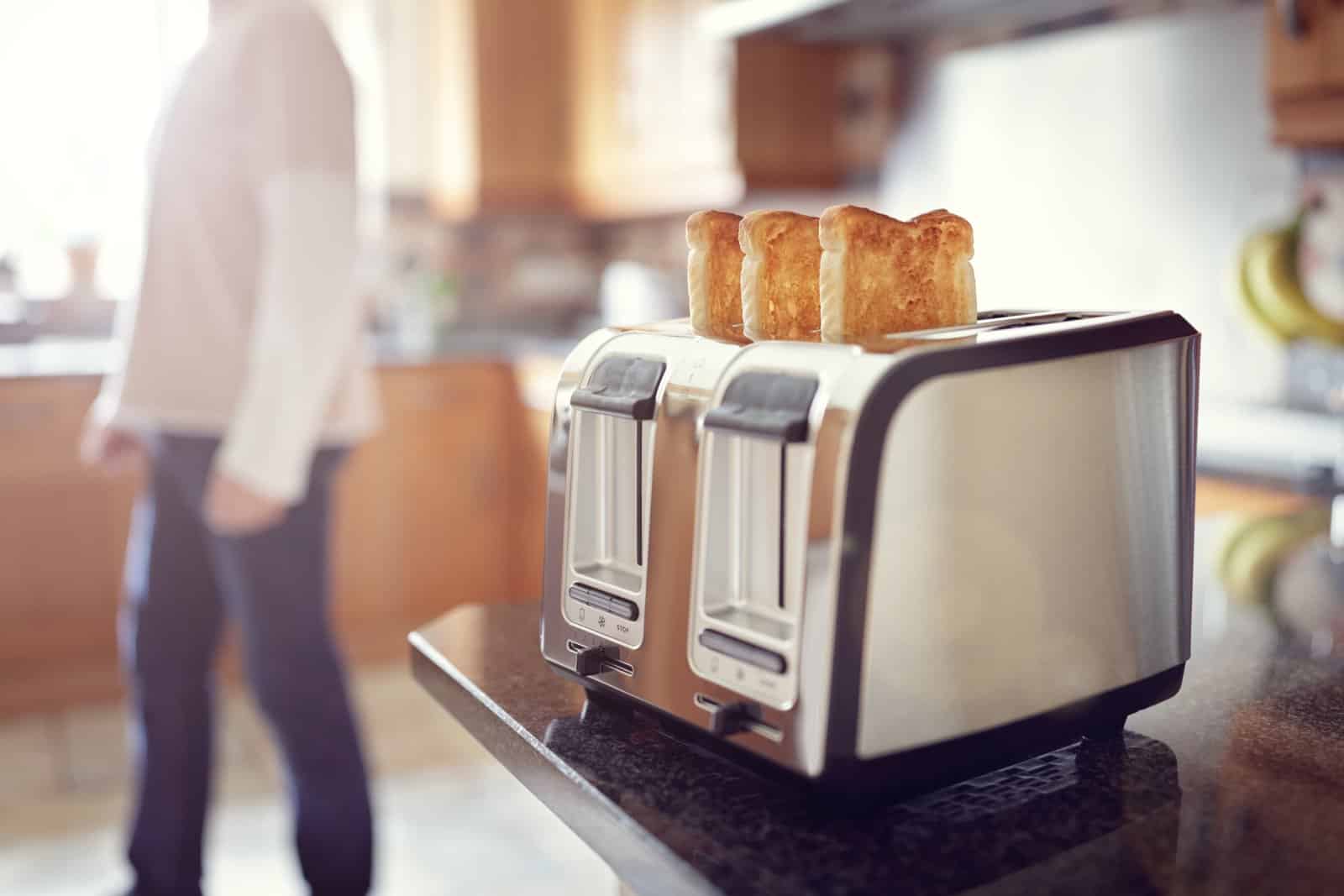
Toasters, once a kitchen staple known for their durability, now often come with a hefty price tag. However, cheaper materials and electrical issues contribute to shorter lifespans and increased replacement costs.
12. Coffee Makers
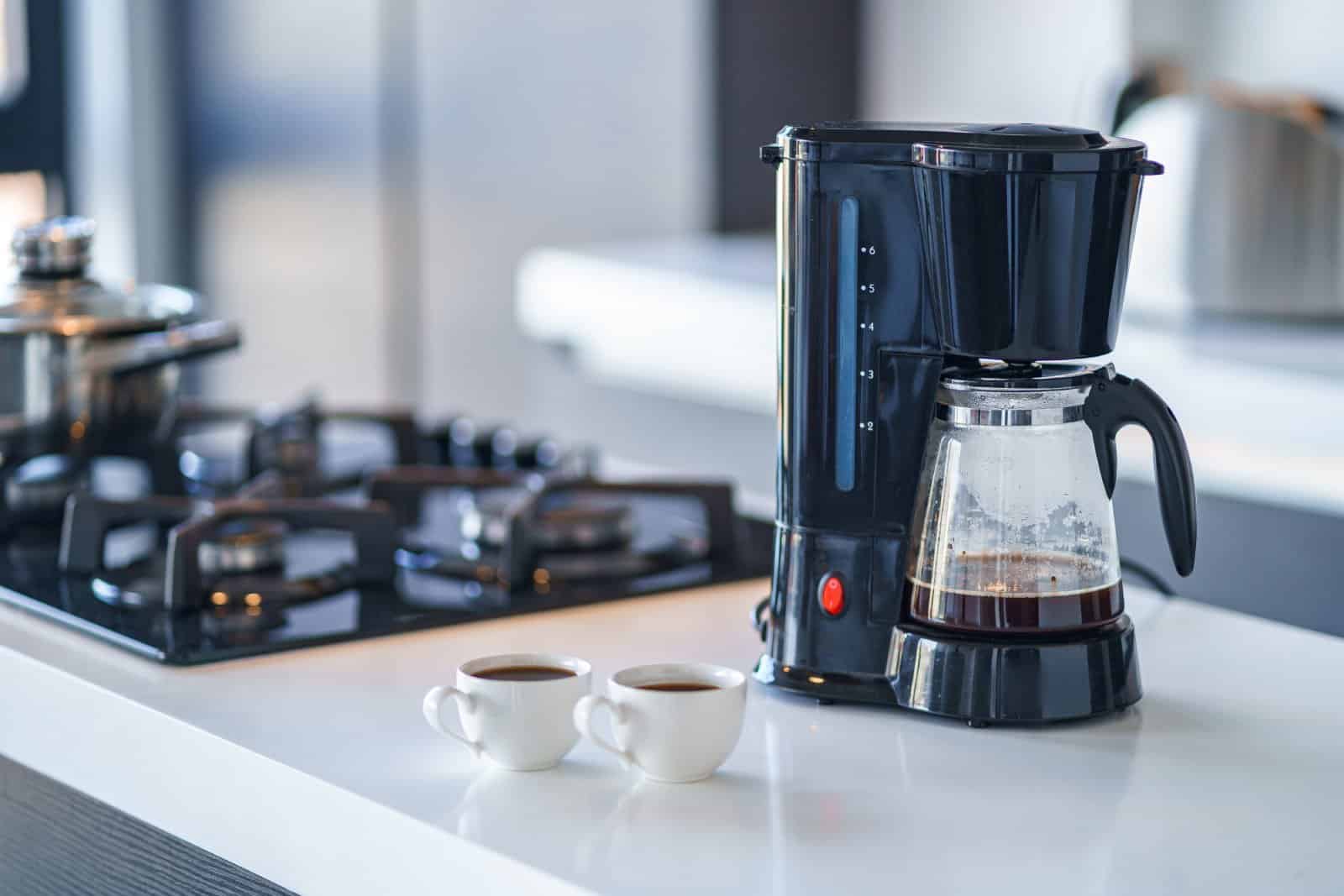
High-quality coffee makers can cost more but are prone to malfunctions and breakdowns over time. With more complex designs and electronic components, their durability has decreased, leading to higher maintenance costs.
13. Blenders

Modern blenders offer convenience but often lack durability. Plastic components and cheaper motors contribute to shorter lifespans, requiring frequent replacements for heavy usage.
14. Irons
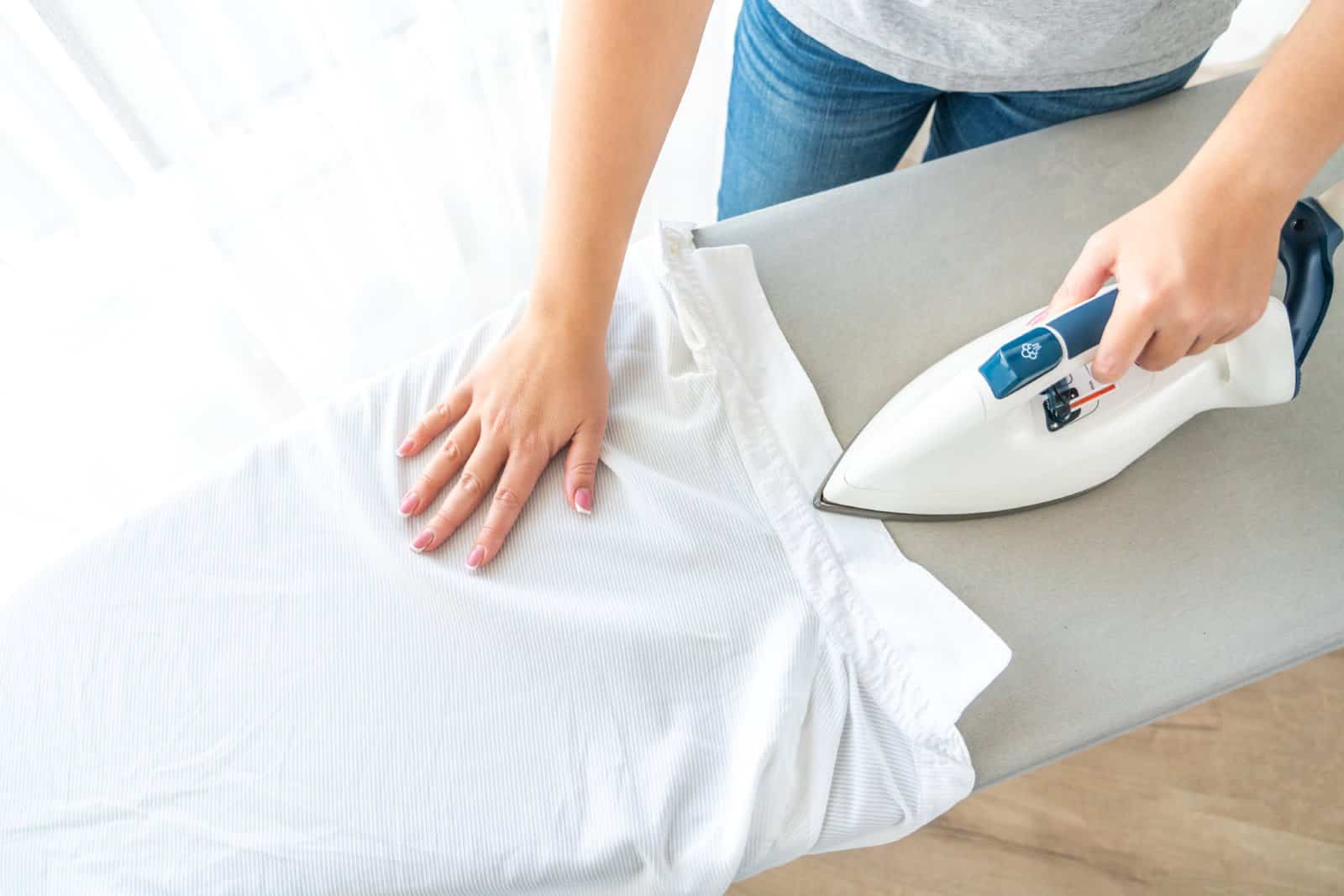
Irons, once known for their longevity, now come with hefty price tags. However, cheaper materials and electrical issues result in shorter lifespans, leading to more frequent replacements.
15. Hair Dryers

High-quality hair dryers are prone to overheating and motor failures. Complex heating elements and electronic components’ durability have decreased, leading to higher replacement costs.
16. Electric Toothbrushes
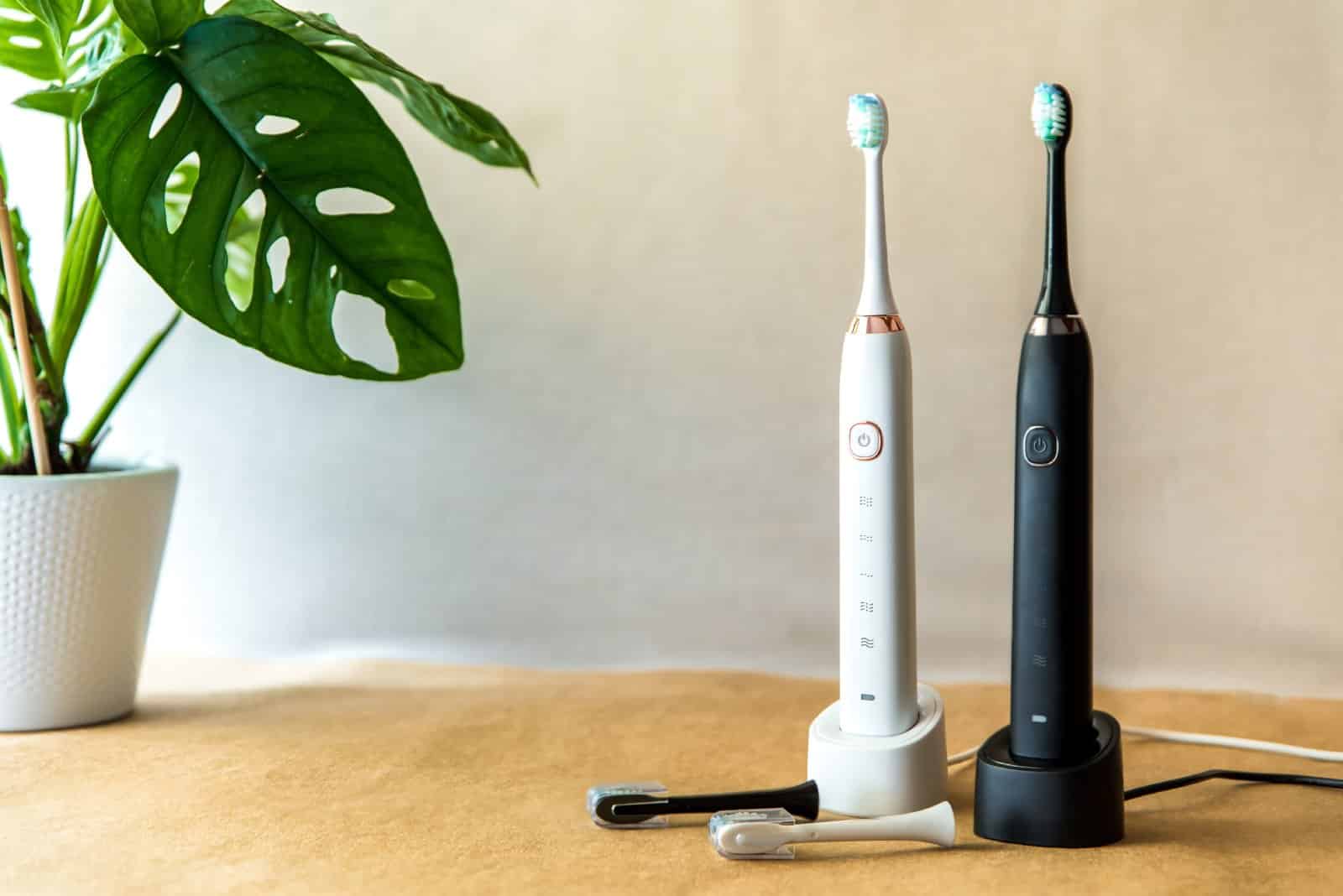
Electric toothbrushes offer convenience but often have shorter lifespans. Rechargeable batteries and motor failures are common, requiring frequent replacements for optimal performance.
17. Alarm Clocks

Alarm clocks, once reliable timekeepers, now come with varying price tags. However, cheaper materials and electronic malfunctions contribute to shorter lifespans, leading to more frequent replacements.
18. Portable Speakers

Portable speakers offer convenience but often lack durability. Plastic housings and cheaper components contribute to shorter lifespans, requiring frequent heavy-use replacements.
19. Electric Fans
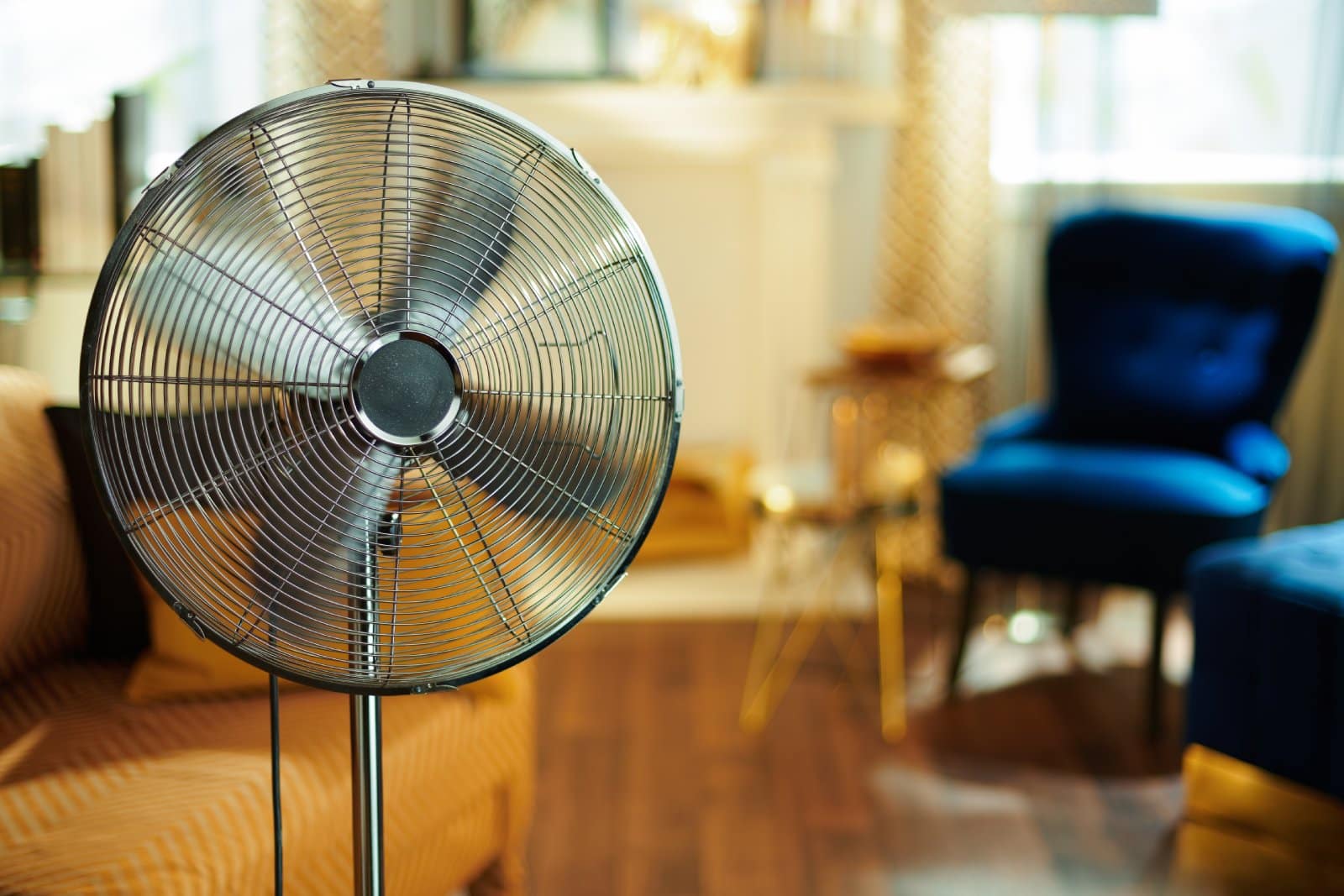
Electric fans, once known for their longevity, now come with varying price tags. However, cheaper materials and motor failures result in shorter lifespans, leading to more frequent replacements.
20. Backpacks

High-quality backpacks can cost over more, but they are prone to zipper malfunctions and fabric tears. With more complex designs and cheaper materials, their durability has decreased, leading to higher replacement costs.
Value for Money Fading

As prices continue to rise and quality seemingly diminishes, consumers are challenged to find products that offer both value and durability in today’s market.
The post 20 Everyday Necessities: Higher Costs, Lower Quality first appeared on All Things Buzz.
Featured Image Credit: Shutterstock / ORION PRODUCTION.
The content of this article is for informational purposes only and does not constitute or replace professional financial advice.
For transparency, this content was partly developed with AI assistance and carefully curated by an experienced editor to be informative and ensure accuracy.

